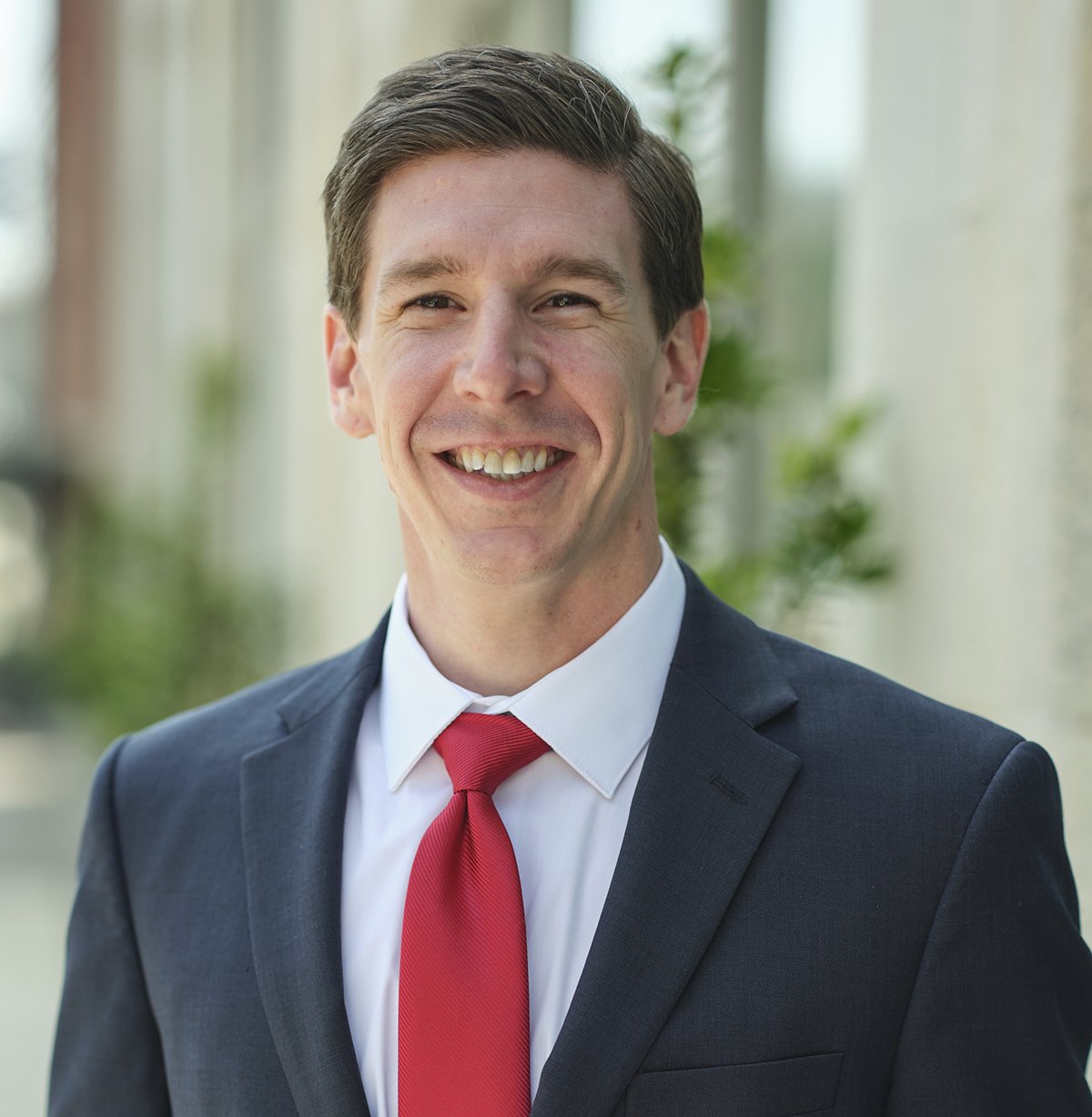What is an Education Savings Account?

Recently, we’ve talked a lot about education freedom. You may recall that education freedom empowers parents to choose the best educational opportunities for their child.
Among policies that promote education freedom, none are currently gaining more popularity than education savings accounts (ESAs).
What is an ESA?
K-12 education savings accounts, frequently referred to as “ESAs,” are taxpayer-funded accounts that are used for educational expenses, as directed by a student’s parents. These funds can be used for a range of educational expenses, including tuition and fees at private schools, textbooks, tutoring, educational therapies for special needs students, online courses, and other approved educational services. In a few states, ESAs can be used, to a limited extent, for homeschooling costs or transportation.
Robert Enlow, President and CEO of EdChoice, recently described ESAs at our annual policy summit, Unleash Mississippi. Watch below.
Who is eligible for an ESA?
Currently, six states have universal eligibility for ESAs, meaning every school-aged child in the state is eligible to participate. Some states have ESAs that are not universal, limiting eligibility by income or to individuals with learning disabilities, while others have enrollment caps or are subject to funding limits.
How do ESAs work?
The state transfers a predetermined amount of funding (typically an amount less than what the state would have spent on that child’s education in a public school) into an account held by the state that allows parents to direct how those education dollars are spent. It is important to note that parents cannot access these funds for any purpose other than the education of their child, and the funds may be spent only on approved educational services. This includes private school tuition and fees, textbooks and classroom materials, tutoring, educational therapies, online courses, and other similar services. Safeguards are put in place to prevent fraud and misuse of these funds, and audits of existing programs have found that these safeguards work well, with very few cases of fraud found.
How many other states have ESA programs?
Currently, 13 states, including Mississippi, have some type of ESA program. Some of these states limit eligibility to students who are low-income or have a learning disability. For example, Mississippi’s Education Scholarship Account program limits participation to students with special needs.
As previously mentioned, six states, including Arkansas and Florida, now have ESA programs that are or will soon be available to all school-age children.
How much do ESAs cost?
The state budget cost of an ESA program varies by state and program design. Generally, ESA programs are structured in a way that is at least budget-neutral to the state for public school students who elect to move to private schools. States may incur additional costs in universal ESA programs that offer financial support to students who are already enrolled in private schools, though programs may be structured in ways that mitigate that cost.
Local funds generally are not affected by ESAs. This means local school districts will have more local funds per student, since the same amount of local revenue will be spread over fewer students.
Notably, ESA programs are no more expensive (and are often less so) than educating all school-aged children in traditional public schools. Several states allocate a percentage (e.g., 95%) of the amount the state would have spent on the child in a traditional public school.
Do ESAs improve educational outcomes?
There is a significant body of research showing that private school choice programs, like ESAs, improve educational outcomes. For example:
- Researchers from the University of Arkansas conducted a meta-analysis (meaning an analysis of the studies that have been conducted on the subject) of the test score effects of private school choice programs globally. They found that students in the United States who participated in these programs experienced positive gains on test scores that equate roughly to 30 more days of learning in reading and math.
- An analysis of private school choice programs conducted by EdChoice noted that 5 studies found positive effects on educational attainment while no studies found negative effects.
If ESAs are available, what happens to the students who choose to stay in public school?
In states that have private school choice programs like ESAs, evidence shows students who choose to remain in public school actually perform better.
One analysis conducted by EdChoice found that 31 of 33 empirical studies of how such programs affect academic outcomes in public schools found that these programs improved academic outcomes at public schools. Only one found a negative impact, and one found no impact.
A more recent analysis notes that several systemic reviews have synthesized the competitive-effects literature for private school choice programs. All of these reviews acknowledge that these programs tend to induce public schools to improve.
Finally, one meta-analysis on the competitive effects of private school choice programs concluded “competition resulting from school-choice policies does have a small positive effect on [public school] student achievement. The lack of an overall negative impact on student outcomes might ease critics’ concerns that competition will hurt those students ‘left behind’ due to school-choice policies.”
Why ESAs?
As outlined above, there are many evidence-based reasons to support ESAs. There’s also an economic development aspect to be considered. When companies are considering moving to a new location, one of their great interests is the educational opportunity for their employees’ children. ESAs offer multiple options those employees can choose from, making some locations more attractive than they might otherwise be.
Even with all of the aforementioned reasons to support ESAs, perhaps the most important is this: ESAs offer students additional pathways to success that may not be otherwise available to them under the current system. They empower parents to customize their children’s education by choosing the best educational opportunity – or combination of opportunities – based on the unique needs of each of their children.
Mississippi has many great public schools, and recent accountability measures seem to indicate that public schools are improving. However, even the best public schools are not equipped to meet the unique needs of every student. Providing parents with more quality options and empowering them to access those options through programs like ESAs helps ensure that every child has the opportunity to thrive.
